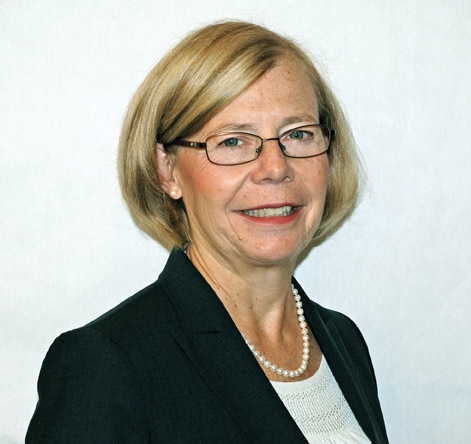
Accreditation improves the quality of Health Care: Collaborating on Quality
By Wendy Nicklin
Discussions about health care often feel like a stalled conversation; they frequently focus on lagging wait times, meeting the needs of an aging population, and working with limited resources. With these and so many other challenges, it is not always evident to the public that within health care a great deal of work is being done by many organizations to improve the quality of health care and the Canadian health system.
Health care is complex and achieving quality improvement relies on the knowledge, expertise, and experience of a multitude of groups and professions. Quality and safety is a priority for provincial/territorial ministries health and, in fact, many provinces have health quality councils — independent bodies that promote various aspects of health service quality. Also, there are a number of organizations both nationally and locally that focus on specific care sectors, such as mental health, home care, community care, or on broader issues, like patient safety.
Collaboration Creates Efficiencies
As most Canadians recognize, the realities of improving the quality of health care are bound by a finite amount of dollars. So how do we continue to improve quality without investing more resources?
We already have the capacity, yet with limited resources we must work together, building on each others’ strengths, continuing to develop a culture that emphasizes collaboration and sharing expertise.
In many areas this culture already exists. Numerous health care organizations form partnerships and foster knowledge exchange. While some organizations provide services and supports to the community, others produce the research we need to make informed policy decisions. Many groups share tools to promote patient safety, and many others provide the necessary expertise to make critical improvements to the quality of care.
In much the same way that health care providers are collaborating through interdisciplinary teams, the organizations that support quality and safety are also moving to share best practices. When an initiative works in one hospital or health care organization, other organizations should be aware of it so that the improvement spreads throughout the system.
Accreditation Canada: The Role We Play
Accreditation is one of the most effective ways for health care organizations to examine and improve the quality of their services. Organizations participating in Accreditation Canada’s accreditation programs evaluate their performance against national standards by examining all aspects of their health care decision-making and delivery, from patient safety and ethics, to staff training and partnering with the community. The staff of these organizations devote time and resources to learn how to improve what they are doing to provide the best possible care and service to their patients and clients.
It is through collaboration that we develop our accreditation programs. Our expert advisory committee members, who provide guidance and input on standards’ development, are health professionals including researchers, policy makers, front-line providers of health care (whether in the home, community or hospital), and academics.
We collaborate with many experts to create and upgrade the standards. For example, Accreditation Canada worked in partnership with the Canadian Stroke Network to develop Stroke Distinction Standards, and a recent collaboration with the Rick Hansen Institute brought about the creation of standards that specifically meet the needs of people with spinal cord injury. These are just two examples of organizations sharing a passion for improving the quality of care and making a commitment to pool expertise to enable this to happen.
Medication Reconciliation: An Example of Collaboration at Work
When clients/patients are admitted to health care organizations they should be asked to provide a list of their medications to prevent medication errors from occurring. Vitally important for their safety is that an accurate and complete record of these medications and any others they are prescribed is communicated at each point of care (admission, transfer, or discharge). Examples of points of care include when a client/patient is transferred from a hospital to a long-term care facility, or to a different area within the same organization.
This process is known as medication reconciliation. A high priority standard in the Accreditation Canada accreditation program addresses this requirement. Results of health organizations’ performance indicate if there is improvement needed in this area.
Accreditation Canada is collaborating with three organizations to continue making progress in medication reconciliation. Medication Recon-ciliation in Canada: Raising the Bar is a recent collaborative report that highlights seven years of work. The Canadian Institute for Health Information (CIHI) supplied the overall data on the frequency of this type of medication error. Accreditation Canada supplied the data on how health care organizations are performing. Lastly, the Canadian Patient Safety Institute (CPSI) and the Institute for Safe Medication Practices Canada (ISMP) created initiatives that help organizations put a medication reconciliation process in place.
Moving Forward
There are many people and organizations dedicated to improving health care quality across the country. The key to achieving this goal is our continuing collaboration. At Accreditation Canada, we encourage working together to share ideas and knowledge at the community, regional, national and international levels, furthering all our efforts for quality in health care and services.
Accreditation Canada is a not-for-profit organization that accredits health organizations in Canada and around the world. Its comprehensive accreditation program uses evidence-based standards and a rigorous peer review process to foster ongoing quality improvement. Accreditation Canada has been helping organizations improve health care quality and patient safety for more than 50 years.










